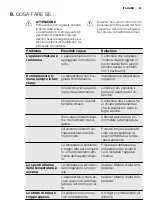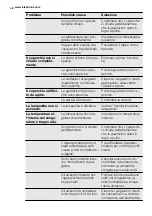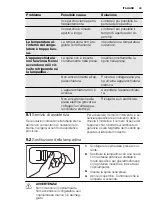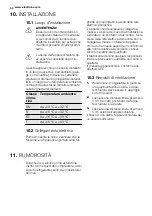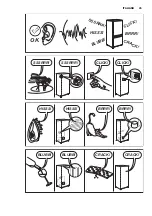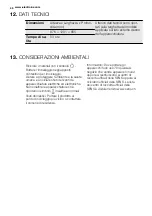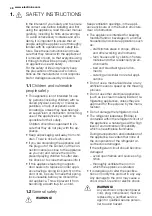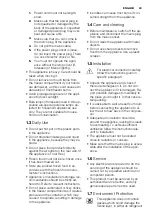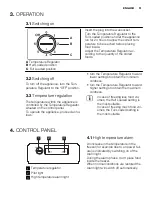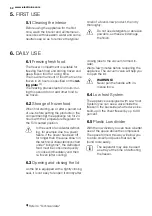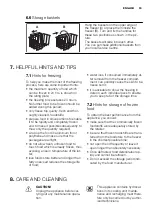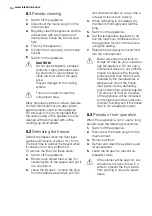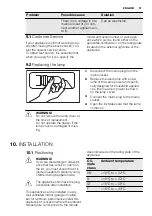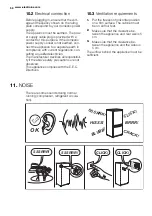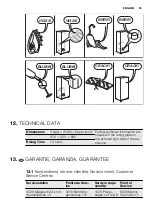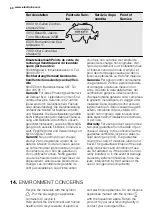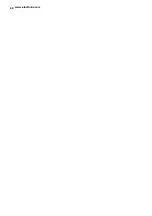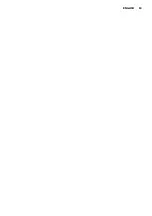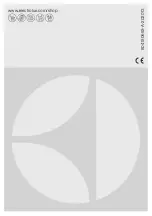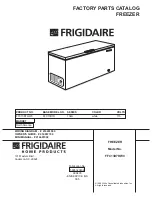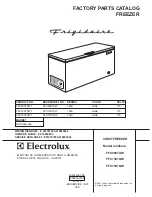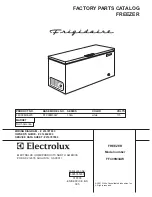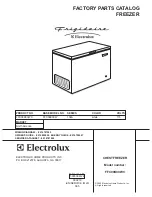
9.
WHAT TO DO IF…
CAUTION!
Before troubleshooting, discon-
nect the power supply.
Only a qualified electrician or com-
petent person must do the trou-
bleshooting that is not in this man-
ual.
There are some sounds during
normal use (compressor, refriger-
ant circulation).
Problem
Possible cause
Solution
The appliance is
noisy.
The appliance is not sup-
ported properly.
Check if the appliance
stands stable (all the four
feet should be on the floor).
The compressor op-
erates continually.
The temperature is not set
correctly.
Set a warmer temperature.
The lid has been opened
too frequently.
Do not leave the lid open
longer than necessary.
The lid is not closed prop-
erly.
Check if the lid closes well
and the gaskets are un-
damaged and clean.
Large quantities of food to
be frozen were put in at
the same time.
Wait some hours and then
check the temperature
again.
Food placed in the appli-
ance was too warm.
Allow food to cool to room
temperature before storing.
The temperature of the
room that contains the ap-
pliance is too high for effi-
cient operation.
Try to reduce the tempera-
ture in the room where the
appliance stands.
The High tempera-
ture alarm light is
on.
It is too warm inside the
freezer.
Refer to "High Temperature
Alarm".
The cabinet has been re-
cently switched on and the
temperature is still too
high.
Refer to "High Temperature
Alarm".
There is too much
frost and ice.
Products are not wrapped
properly.
Wrap the products better.
The lid is not shut properly
or do not close tightly.
Check if the lid closes well
and the gaskets are un-
damaged and clean.
The temperature is not set
correctly.
Set a warmer temperature.
The water drainage plug is
not correctly positioned.
Position the water drainage
plug in the correct way.
The lid doesn't close
completely.
There is excessive frost.
Eliminate excess frost.
ENGLISH
55

